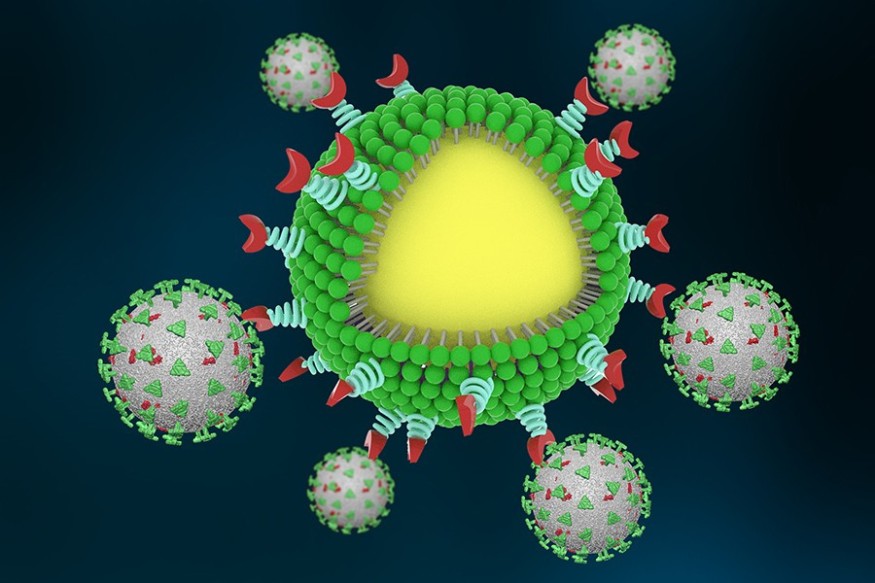Nanoparticles are being primed to capture SARS-CoV-2 viruses and have the body's immune system eliminate them. Researchers from the Pritzker School of Molecular Engineering at the University of Chicago developed this novel therapy as a possible treatment for COVID-19.
In the study entitled "Nanotraps for the containment and clearance of SARS-CoV-2," these so-called "Nanotraps" were designed to attract the virus, pretending to be a target cell that the virus would infect.
When the virus attaches itself to the Nanotrap, it seizes and isolates the virus from other cells and position them for eventual destruction by the body's immune system.
These Nanotraps are also expected to be used on emerging variants of SARS-CoV-2, which could lead to a fresh approach in inhibiting the virus. While the treatment is still in its early testing stages, researchers foresee it to be administered to patients through a nasal spray.
Researchers Study SARS-CoV-2 Closely in Designing Nanotraps
In designing these Nanotraps, researchers studied the way SARS-CoV-2 attaches itself to cells. The spike-like proteins on its surface stick to a human cell's receptor ACE2 protein, a CBS News article showed.
To produce a trap that would efficiently attach itself to SARS-CoV-2, they designed nanoparticles to have a high density of human ACE2 proteins. Likewise, they crafted other nanoparticles with neutralizing antibodies on the ACE2 protein's surface. Such antibodies are generated inside the body when the person is infected, designed to stick on the coronavirus in multiple ways.

The neutralizing antibodies and ACE2 proteins have been utilized to treat COVID-19 but latching them to nanoparticles would make them stronger and more efficient in destroying the virus, a News Medical article noted.
These nanoparticles, which are made of phospholipids and polymers approved by the US Food and Drug Administration, are just 500 nanometers in diameter, which is very much smaller than a cell. With its miniature size, the Nanotraps could access more areas in the body and could effectively catch and constrain the virus.
Researchers examined the system's safety using a mouse model and did not find any toxicity. They then tried the Nanotraps against a less formidable human pseudovirus in lung cells and discovered that the Nanotraps blocked the pseudovirus' entry to the cells completely.
When the pseudovirus attached itself to the Nanotrap, the nanoparticles utilized a molecule that gets the body's macrophages to surround and degrade the Nanotrap. These macrophages cleared and degraded the nanoparticles in about 48 hours.
Researchers also tested the nanoparticles with a pseudovirus in other settings and found that it has completely inhibited infection.
Testing the Nanotrap with a Live Virus
In testing the Nanotrap with a live virus, researchers discovered that it eliminated the virus 10 times more effective than soluble ACE2 or neutralizing antibodies alone.
The researchers would then further test it on other live viruses, and many other virus variants, showing similar success.
Nanotraps could easily be stored in a standard freezer and administered with an intranasal spray, which would then position them to reach the respiratory system more effectively.
Read also: Nanotechnology to Fight Against Coronavirus: A Review of Techs and Studies Against COVID-19
Check out more news and information on Nanoparticles and COVID-19 Treatments on Science Times












